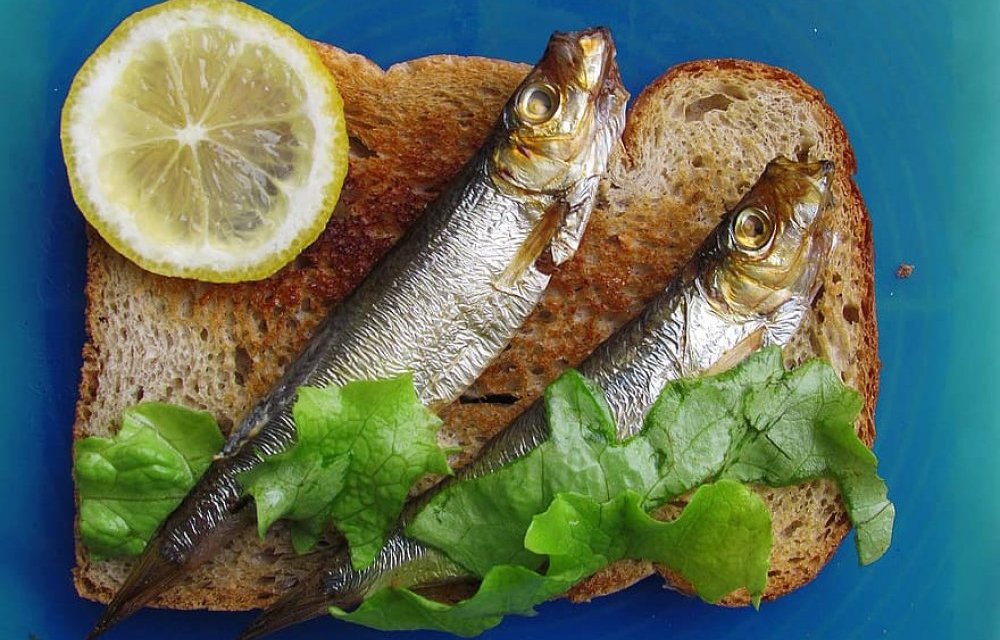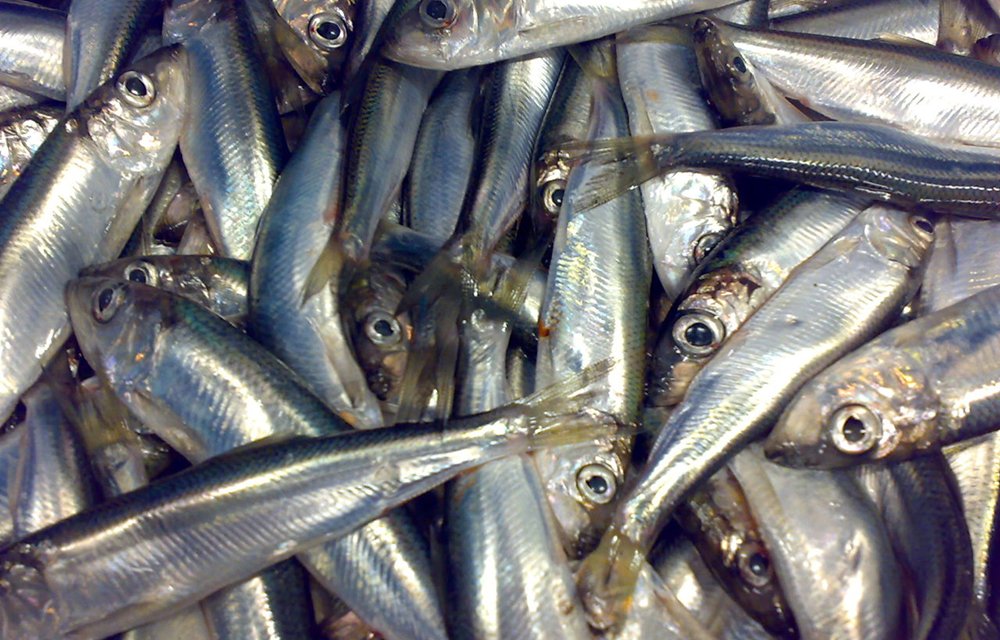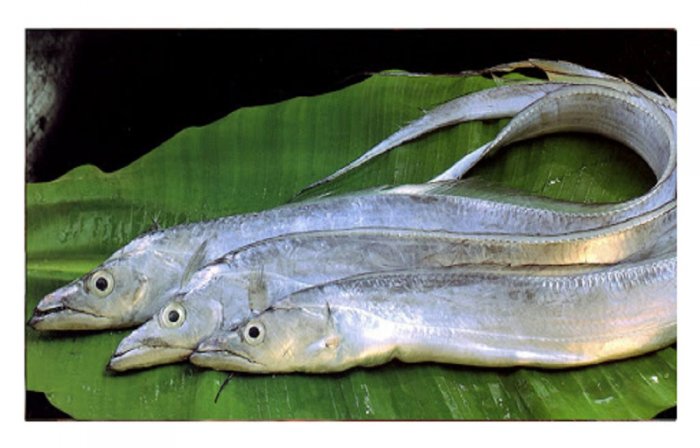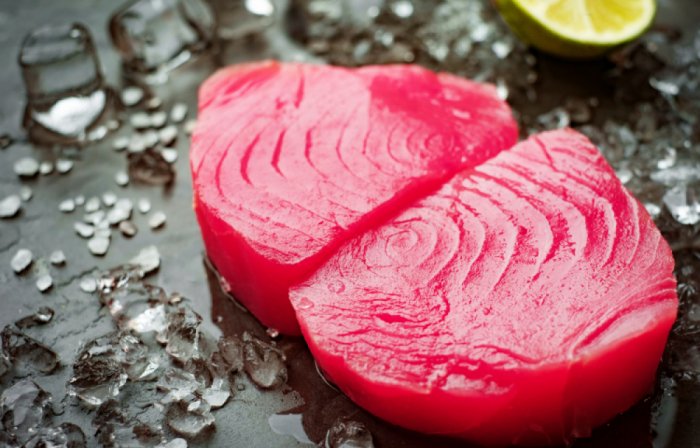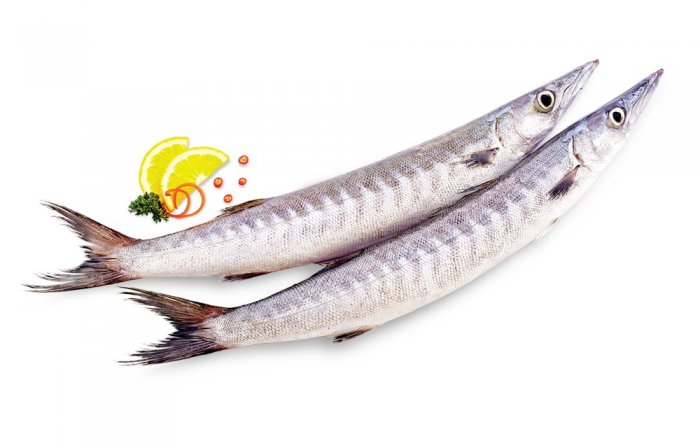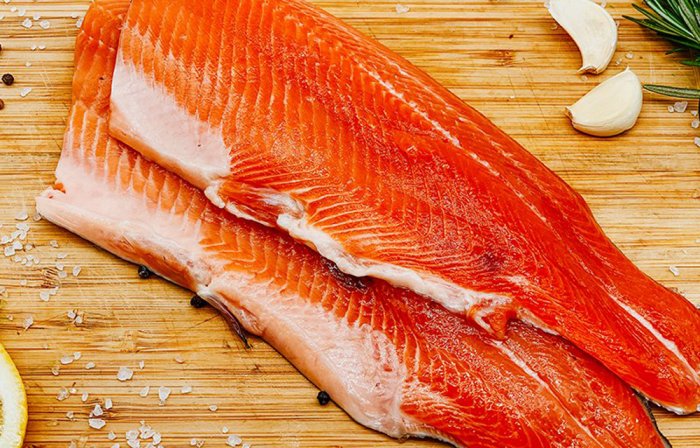Kilka belongs to pelagic fish and they feed on zooplankton. From 2002 onwards, the frequency of common Kilka increased and reached 24,400 mt in 2009. The common Kilka (C. c. caspia) is the predominant species of the southern Caspian Sea comprising 97% of total catches of clupeids in the southern parts of the Sea in 2009.
clupeids present few positive qualities as well, such as their abundance in the Caspian Sea, low finishing costs, and easy scaling without scaling equipment; therefore, clupeids can be utilized as raw material in the conversion industry. Kilka can be processed into salted, smoked, pickled, sausage, canned, dried and frozen fish. In Iran, Kilka products in market are canned, packed in frozen shape and fresh.
A good source of omega-3 fatty acids is from oily fish. The most abundant fishes of the Caspian Sea are the small clupeids known as Kilka including the common Kilka (Clupeonella cultriventris caspia), anchovi (C. engrauliformes) and large eyed Kilka (C. grimmi). It is a native species of the Caspian Sea and is found in all parts of the Sea especially along the coastal line.
The chemical analysis revealed that the protein and lipid content of common Kilka were 15.05 and 6.5% of the fresh weight, and total MUFA, PUFA and SFA were found to be 37.00, 32.89 and 29.03% respectively. Palmitic acid (16:0) among total SFAs, oleic acid (18:1n-9) among MUFAs, Docosahexanoid acid (DHA) (22:6n-3) among n-3 PUFAs and linoleic acid (LA) (18:2n-6) among n-6 PUFAs were the most abundant fatty acids. The obtained results revealed that common Kilka is a better source of ω-3 PUFAs than ω-6. DHA and eicosapentaenoic acid (EPA) were the major components of ω-3 PUFAs. Levels of DHA and EPA were 20.79% and 6.97% respectively. The PUFA/SFA ratio was 1.13 in common Kilka. This ratio was more than the recommended minimum value (0.45).The EPA/DHA ratio was 0.34 in common Kilka.

